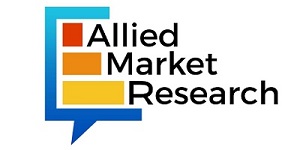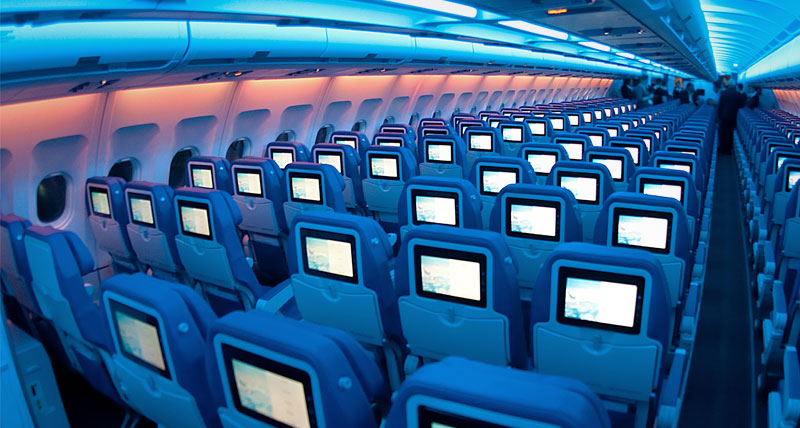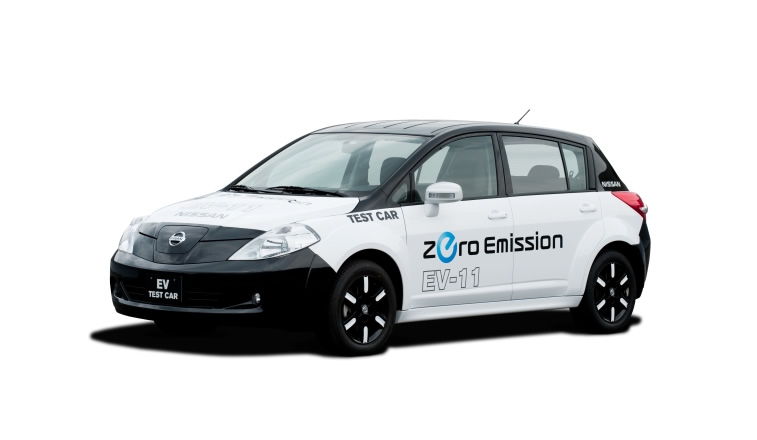The global winter tire market is segmented based on rim size, presence of stud, sales channel, and vehicle type. Based on rim size, the winter tire market is segmented into 13-15, 16-18, 1921, 2226. Based on stud presence, the winter tire market is classified into studded and studless. Based on sales channel, the winter tires market is bifurcated into OEM and Aftermarket. Based on vehicle type, the winter tire market is classified into two-wheelers, passenger cars, and commercial vehicles. In addition, the winter tire market is analyzed across North America, Europe, Asia-Pacific, and LAMEA.
Some of the key players operating in the winter tire market are Bridgestone Corporation, Continental AG, Nexen Tire Corporation, Sumitomo Rubber Industries, The Goodyear Tire & Rubber Company, Pirelli & C.S.p.A., The Yokohoma Rubber Co., MICHELIN, Hankook Tire, Toyo Tire & Rubber Co., Cheng Shin Rubber Ind. Ltd., and Giti Tire.
Download Report (280 Pages PDF with Insights, Charts, Tables, Figures) at https://www.alliedmarketresearch.com/request-sample/5209
Winter Tires which are usually also referred to as snow tires are specialty tires made from advanced rubber compounds with specific tread design to increase traction while driving on snow and ice. Usually, the rubber tread of summer tires or all-season tires can become stiff in cold conditions and therefore may fail to provide the required traction. Hence, there is requirement for winter tires. Advance rubber compounds and resins are used for production of winter tires. This helps regain the necessary traction. Therefore, winter tires are widely accepted in countries that experience cold climates.
Winter tires are often used in temperatures lower than 45 Fahrenheit. Moreover, they are also equipped with metal or ceramic studs that protrude outwards from the tires which provides additional traction in condition of closely packed snow or ice. Many countries and regions in the world have some specific regulations related to winter tires.
Request for Customization at https://www.alliedmarketresearch.com/request-for-customization/5209
Winter tires have following advantages:
It allows better adherence or grip on snow or ice
It reduces fuel consumption and provide good traction
It can reduce the braking distance by over 10% on wet roads
It provides better driving conditions and improved safety compared to summer tires or tires with chains.
Rise in sales of automobiles, particularly in countries with cold climates such as Canada, is one of the major factor that boosts the growth of the market. Nearly all countries with cold climates are working toward mandatory use of winter tires due to safety concerns and fuel efficiency. Moreover, many insurance companies are offering discount on premiums for vehicles equipped winter tires. Further, there is increase in safety awareness among consumers, which in turn fuels the demand for winter tires.
Interested to Procure the Data with Actionable Strategy & Insights? Inquire here at https://www.alliedmarketresearch.com/purchase-enquiry/5209
Key Benefits For Stakeholders
This study presents the analytical depiction of the automotive seat frame market analysis along with the current trends and future estimations to depict the imminent investment pockets.
The overall market potential is determined to understand the profitable trends to gain a stronger foothold.
The report presents information related to the key drivers, restraints, and opportunities of the market with a detailed impact analysis.
The current market is quantitatively analyzed from 2018 to 2025 to benchmark the financial competency.
Porters five forces analysis illustrates the potency of the buyers and suppliers in the industry.
Key Market Segment
By Rim Size
13-15
16-18
1921
2226
By Presence of Stud
Studded
Studdless
Schedule a FREE Consultation Call with Our Analysts to Find Solutions for Your Business at https://www.alliedmarketresearch.com/connect-to-analyst/5209
By sales channel
Aftermarket
OEM
By Vehicle Type
Two-wheelers
Passenger Cars
Commercial Vehicle
Light Commercial Vehicles
Heavy Commercial Vehicles
Key Market Players Profiled in the Report
Bridgestone Corporation
Continental AG
Nexen Tire Corporation
Sumitomo Rubber Industries
The Goodyear Tire & Rubber Company
Pirelli & C.S.p.A.
The Yokohoma Rubber Co.
MICHELIN, Hankook Tire,
Toyo Tire & Rubber Co.,
Cheng Shin Rubber Ind. Ltd.,
Giti Tire
Buy Complete Report Now! https://www.alliedmarketresearch.com/checkout-final/bc06ee87be85c12cdd7c66b81ba2b6fa




